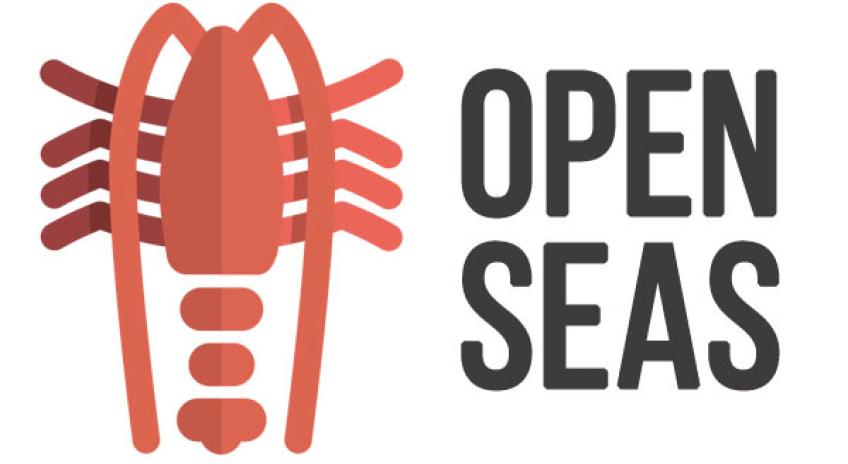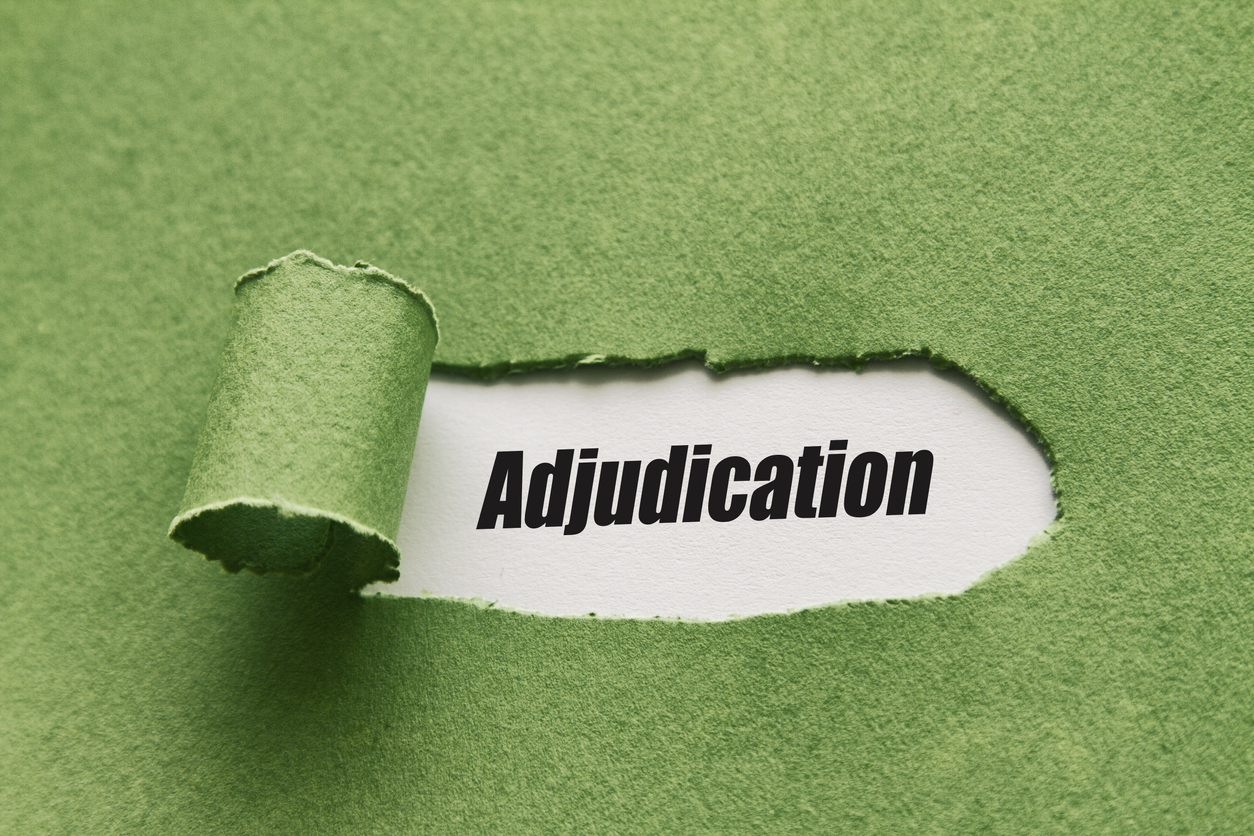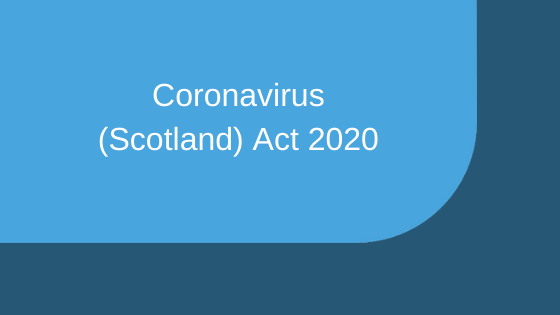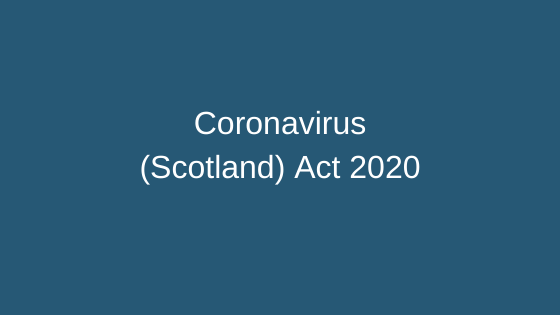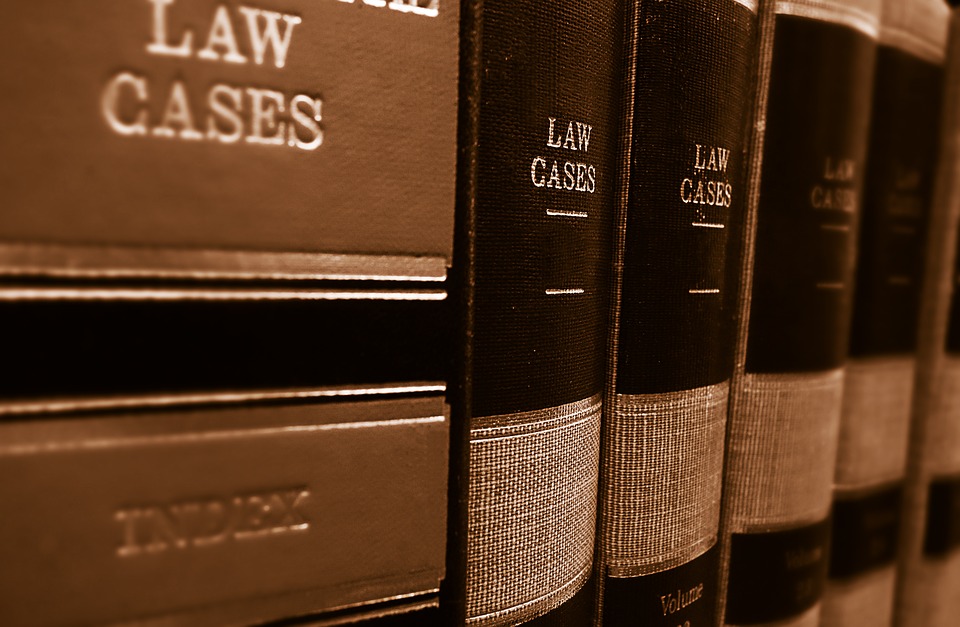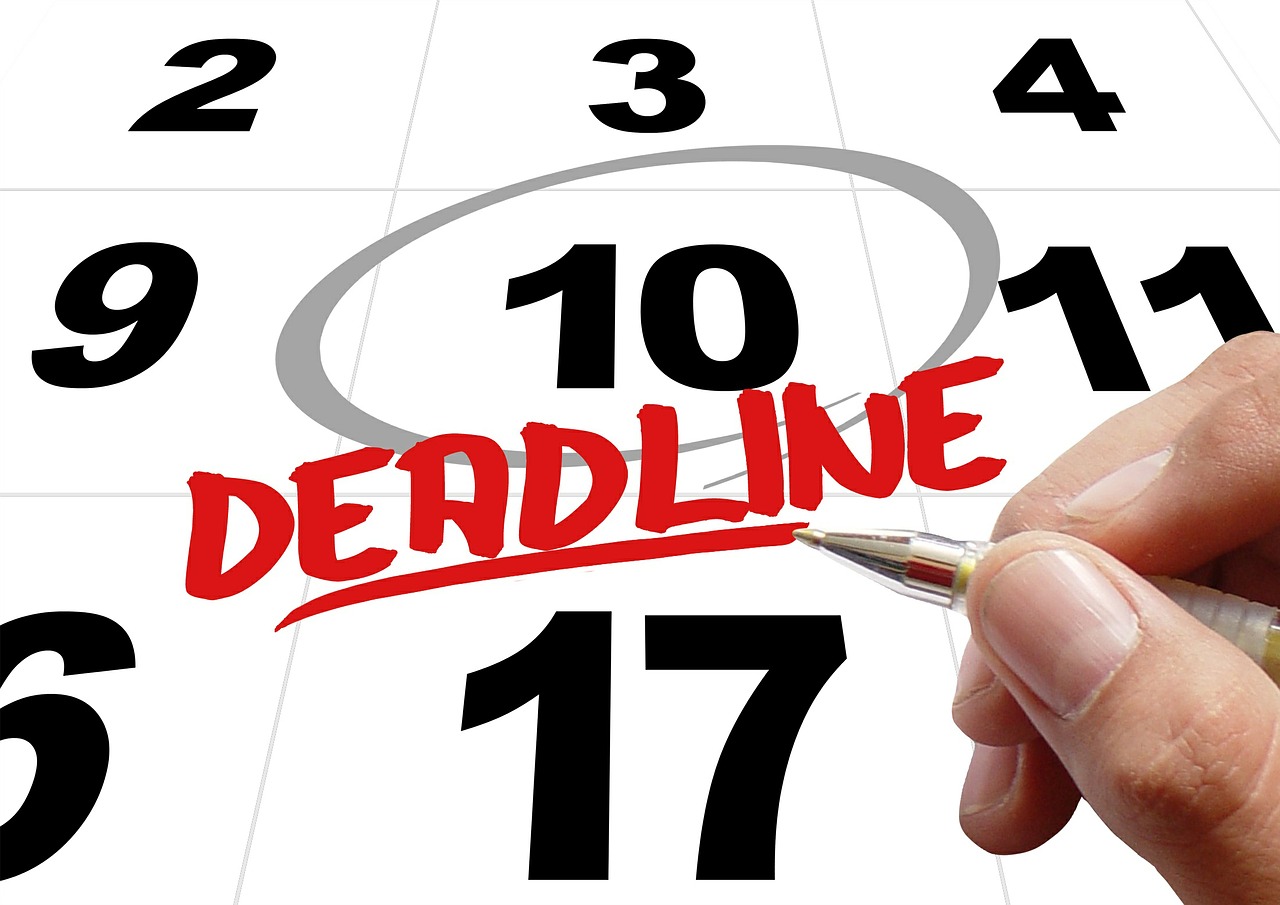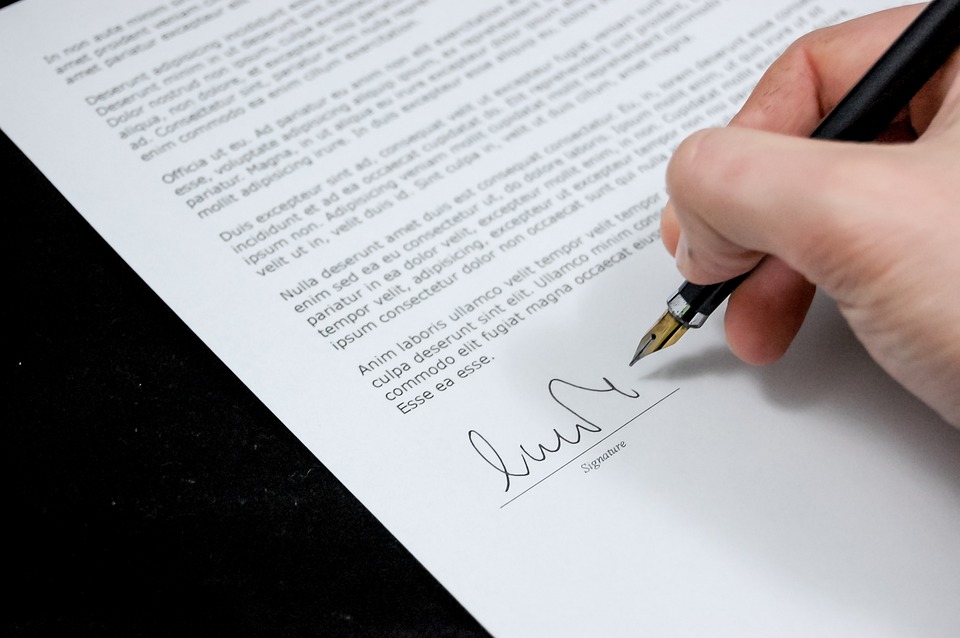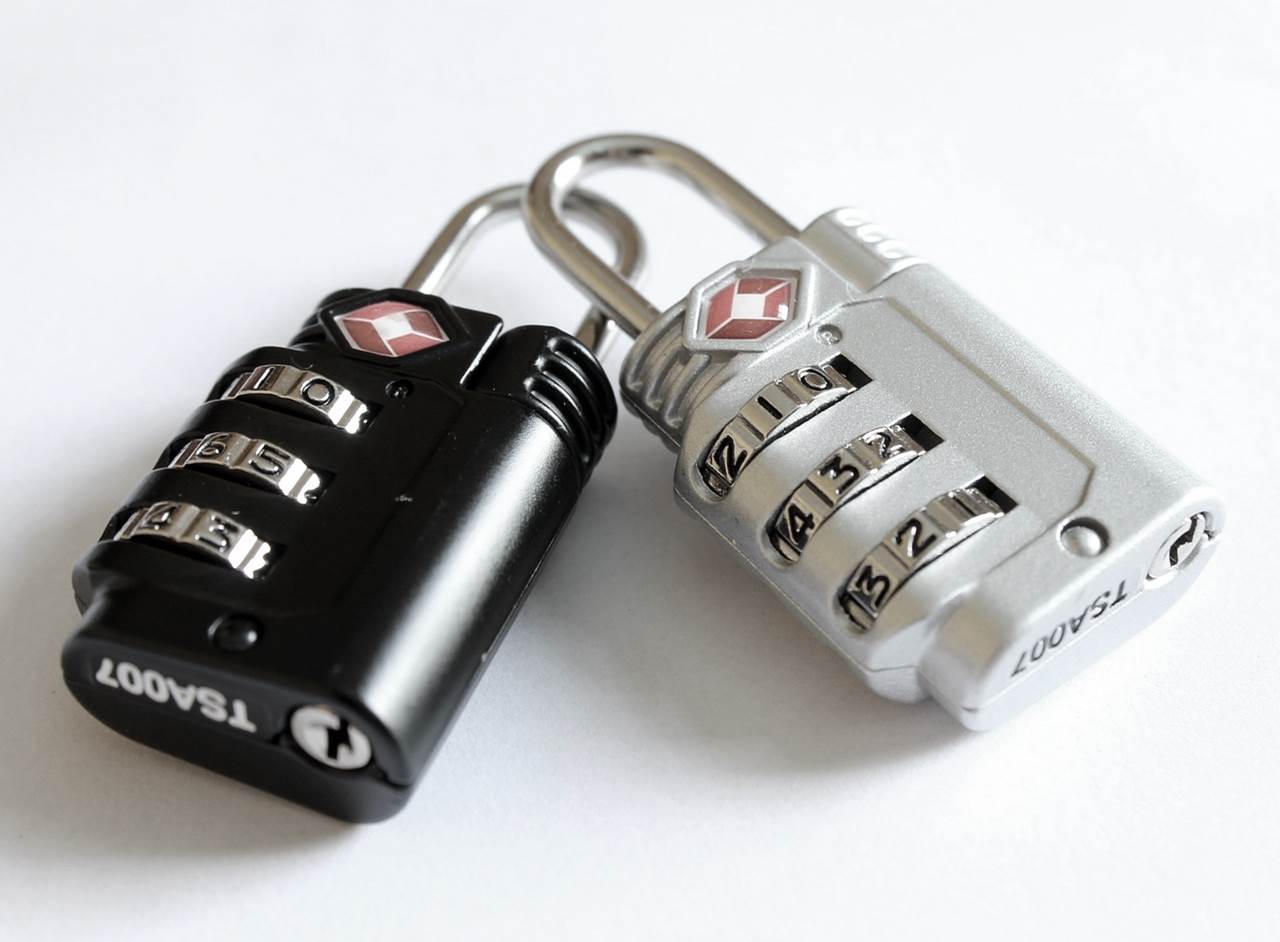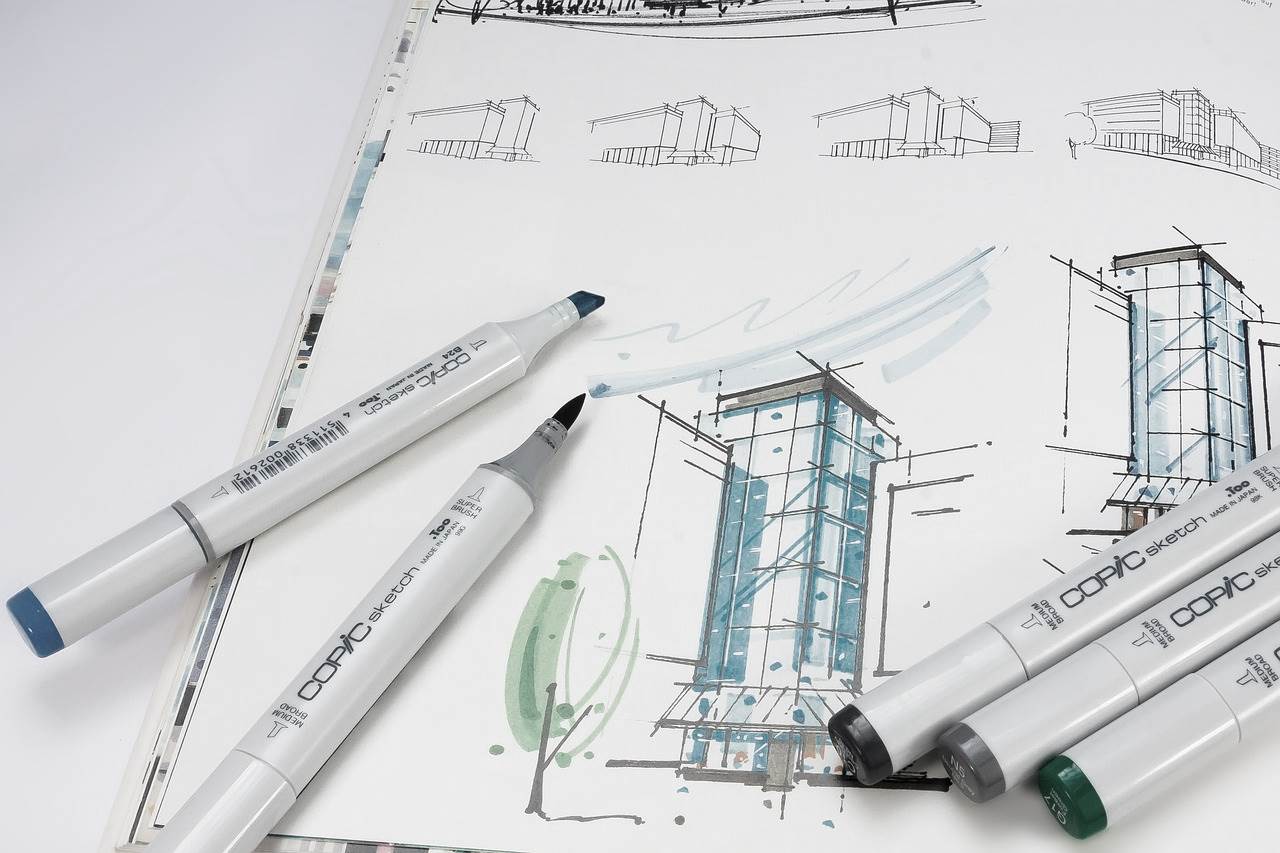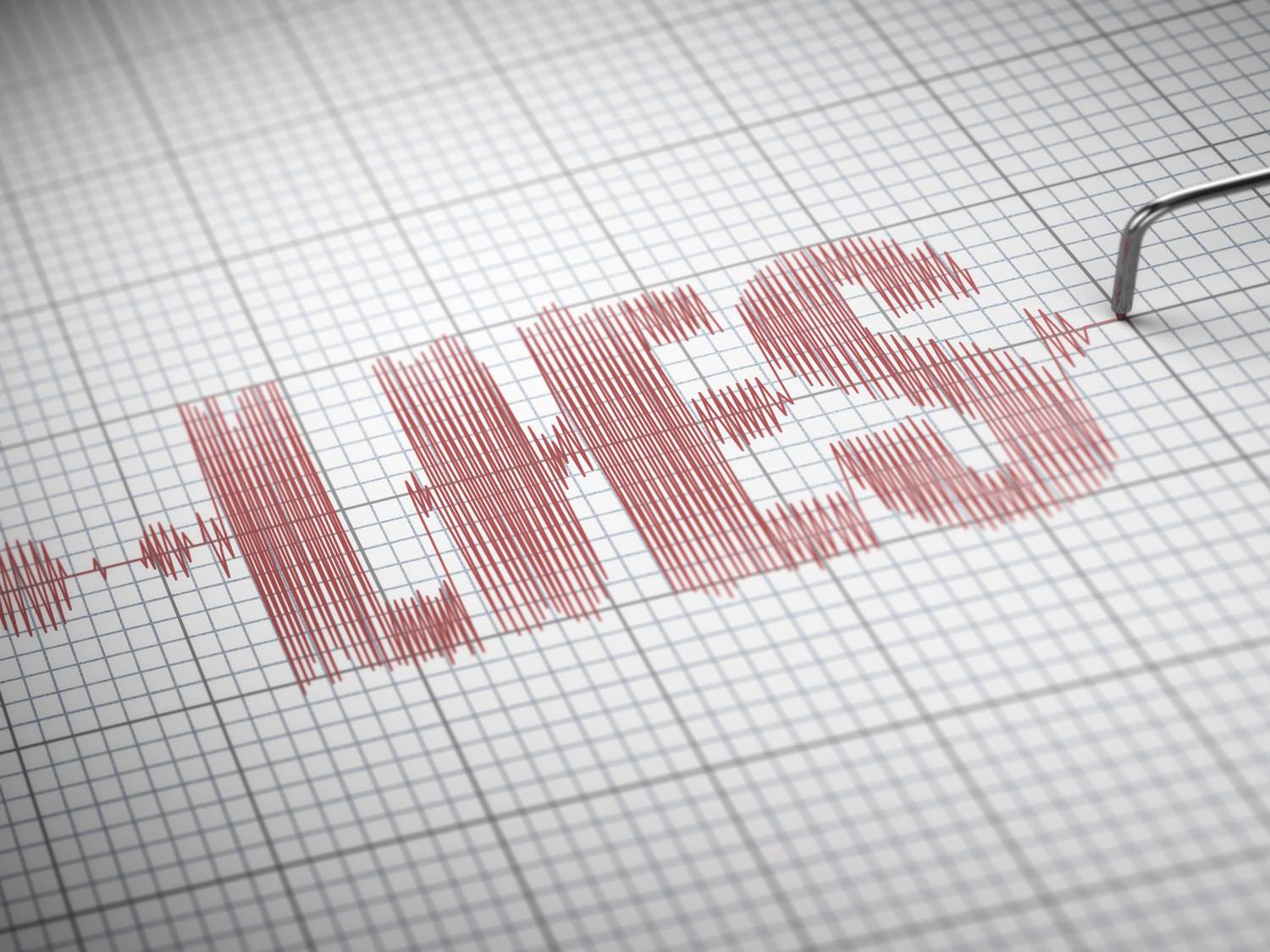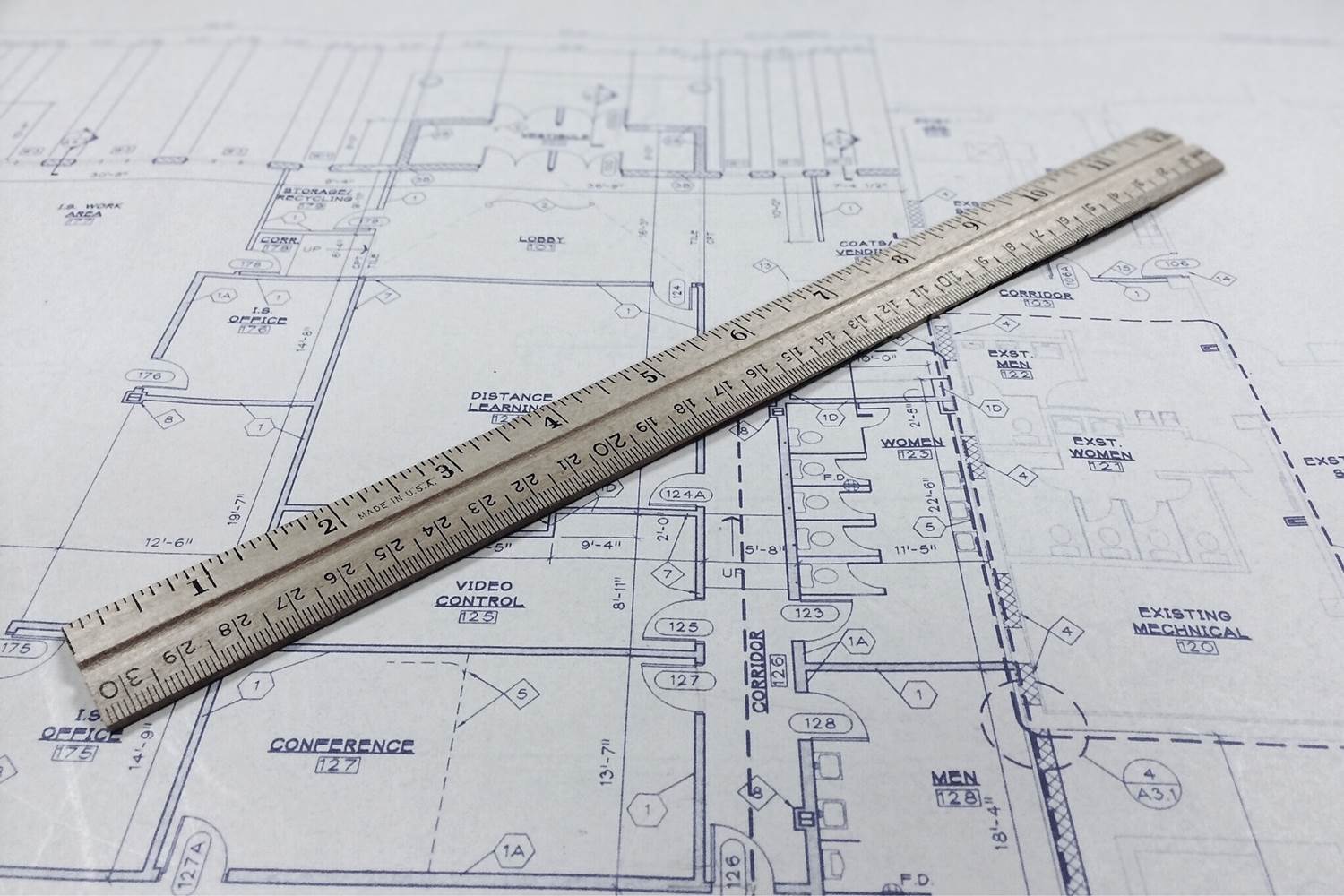
Ordinary Cause Court Procedure
Date: 23/03/2021 | Construction, Dispute Resolution
In Scotland, there are a variety of court procedures that exist for different types of claims. This Briefing Note explains, in a Q & A format, the essentials of one of the most common procedures: Ordinary Cause procedure in the sheriff court. Most claims valued at £5,000 or more and in sheriff courts will use this procedure.
What is required for an Ordinary Cause claim to start?
The first step is that the person pursuing the claim, known as “the Pursuer”, must prepare a document that sets out the following:
- Who they are raising a claim against, known as “the Defender”;
- What they are asking the court for (e.g. payment of £10,000); and
- What facts are relied upon for the claim.
This document is called an “Initial Writ”, as it is (a) the first or “initial” step in the process; and (b) a court document, or “writ”. The evidence that is relied upon by the Pursuer will also often be referred to in the writ and will be compiled in the form of an inventory, known as an “Inventory of Productions”.
What happens next once the Initial Writ is prepared?
The Pursuer needs to send the Initial Writ to the relevant sheriff court. The court will expect a fee to be paid to start the action. They will ask for the court to issue an order to allow the Pursuer to serve the Initial Writ on the Defender. If the court is satisfied with the content of the Initial Writ, the court will issue the order. This order is called a “Warrant of Citation”. The court will then send the paperwork back to the Pursuer so that they can start the action by serving it and the Warrant of Citation on the Defender.
How can the Initial Writ be sent to the Defender?
There are specific rules about service, which must be looked at carefully. Various forms must be completed and accompany the Initial Writ. The forms and Initial Writ can be served on the Defender by recorded delivery post or using sheriff officers. Alternatively, if the Pursuer and Defender’s solicitors have been in contact previously, the parties might agree that it can be served on the Defender by sending it to their solicitors.
What are the timescales after service?
From the date of service, the timetable can be summarised, approximately, as follows:
|
Week number |
Step in the process |
Explanation |
|
1 |
Service of the Initial Writ by the Pursuer on the Defender |
See above. |
|
3 |
If the Defender wants to defend the case against them, they need to send a notice, in standard form, stating that they intend to defend the action to the relevant sheriff court. |
The notice of intention to defend (NID) is a short document containing a statement that the Defender wants to defend the action. There is a fee for lodging this. |
|
5 |
A document stating the Defender’s defence to the action (known as “Defences”) must be sent by the Defender to the court and to the Pursuer. |
The Defences respond to each of the facts relied upon by the Pursuer. Each fact can be admitted, denied, “believed to be true” (not admitted but not disputed) or “not known and not admitted” (not within the knowledge of the Defender and must still be proven by the Pursuer). The Defender must also set out what they are asking the court for and their conclusion from their responses to the facts relied upon; this will commonly ask for the case to be thrown out. |
|
7-11 |
The Pursuer can “adjust” the Initial Writ and the Defender can “adjust” their Defences. |
Allowing parties to “adjust” means that they can add or remove various parts of their original Initial Writ or Defences to respond to the other party’s response. This helps to clarify the issues between parties. |
|
11 |
The time allowed for adjustments ends. Neither party can adjust anymore without the permission of the court. |
This is done to allow parties to move on to the next step in the process in good time. |
|
13 (approx.) |
A Record must be sent to the court by the Pursuer. |
The Record is a document that combines the up-to-date Initial Writ and Defences (including any adjustments made). There is a fee for lodging this. |
|
13 (approx.) |
If applicable, a document commonly known as a “Rule 22 note” must be sent to the court by the relevant party. |
A Rule 22 note is a note that sets out why the party who has sent it takes a preliminary point against the other party. A preliminary point is a legal issue that needs to be resolved before the substance of the case is determined. For example, if the Pursuer’s claim is barred due to the passage of time, or if one party says the other party hasn’t set out their case in a way that makes it possible for them to respond properly. |
|
13 (approx.) |
The Options Hearing takes place. |
The Options Hearing is the first time the case calls in court. As the name suggests, this hearing determines what option is best suited to the case. The court then appoints a hearing of the appropriate type (see below). The Options Hearing can be rescheduled once, for no more than 28 days after the original Options Hearing. |
What options are there at the Options Hearing?
The options available each have a technical term. However, they generally involve the court asking for a substantive hearing on either the law or the facts and can be described as follows:
- A hearing on a preliminary point (see above) that requires both evidence and submissions on the law: this is known as a “proof before answer”;
- A hearing on a preliminary point (see above) that requires only legal submissions: this is known as a “debate”;
- A hearing on the merits of the case (i.e. no preliminary point is taken by either party) that requires evidence to be established before the court: this is known as a “proof”; or
- Lastly, if the court thinks that the parties still need to address further issues before fixing the substantive hearing, the court can fix a date for a procedural hearing and will normally ask one or both parties to deal with certain matters before that date.
The outcome of each of these steps (other than the last one) will be to determine some parts or all parts of a claim. These further parts of a claim and how they progress will be dealt with separately.
Contact the Davidson Chalmers Stewart Dispute Resolution team for more information.








